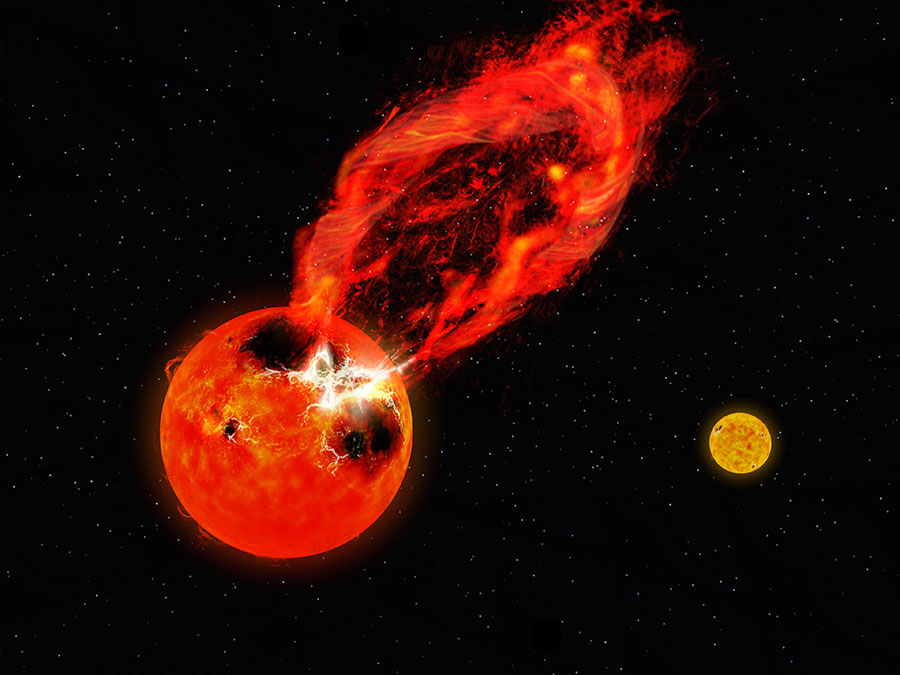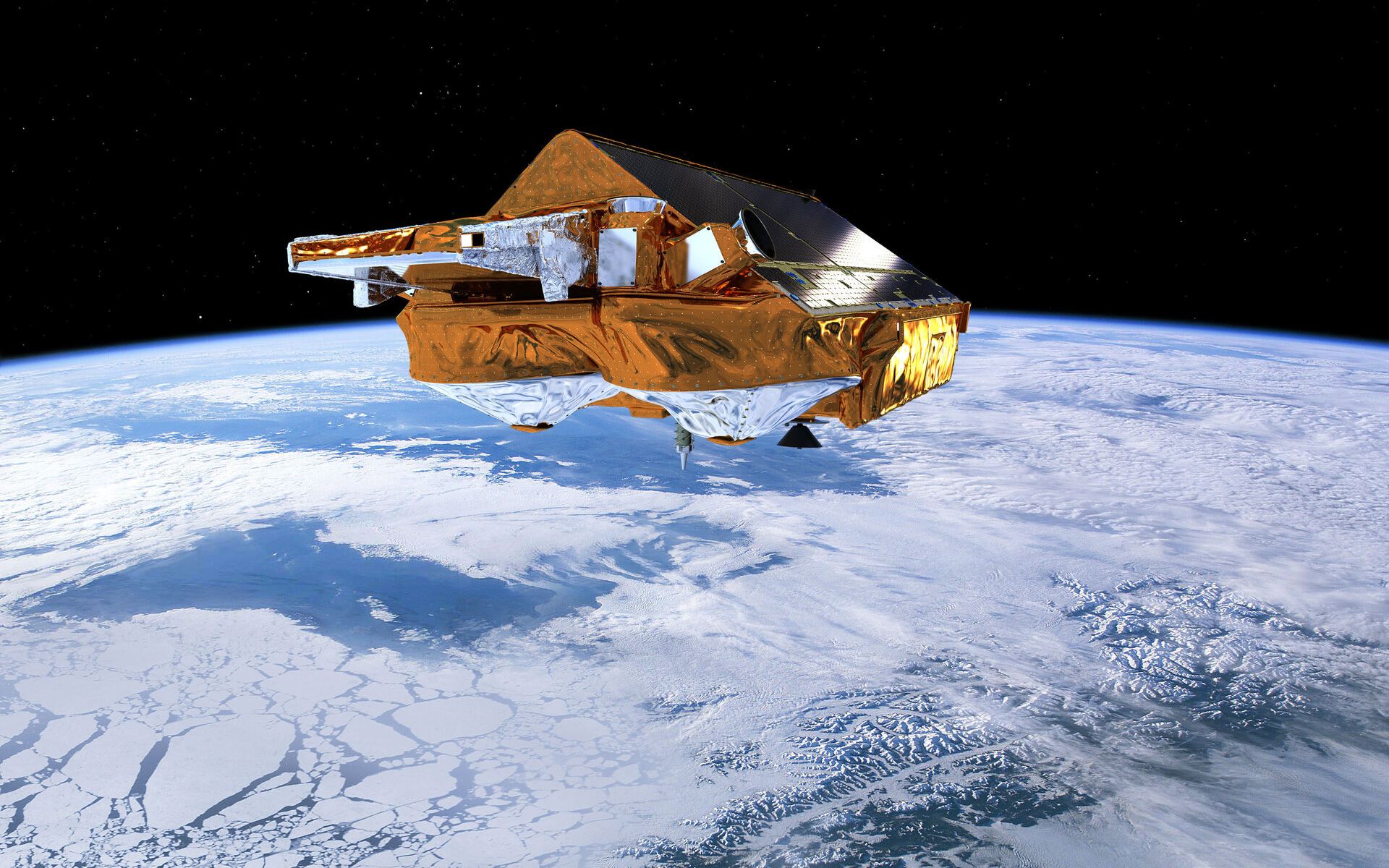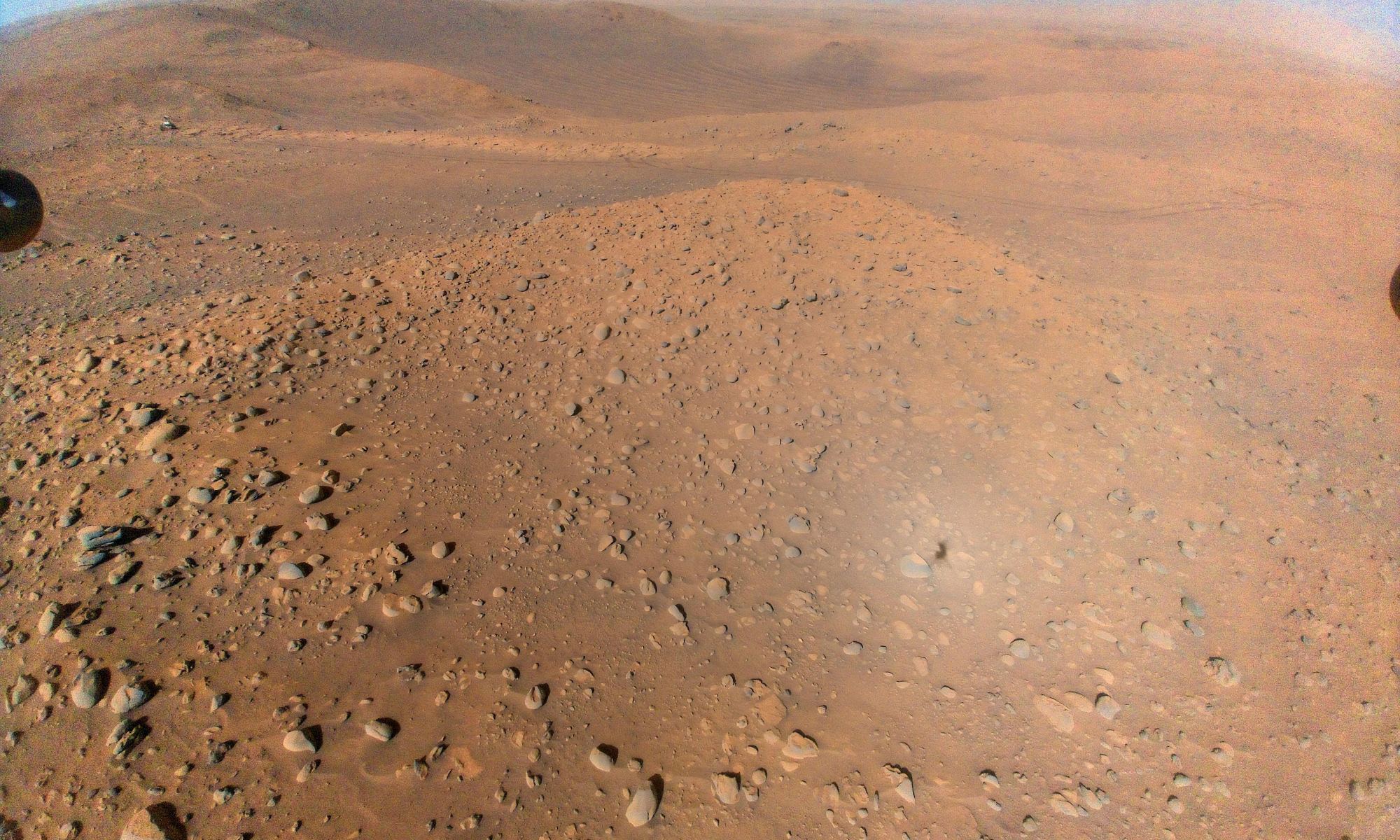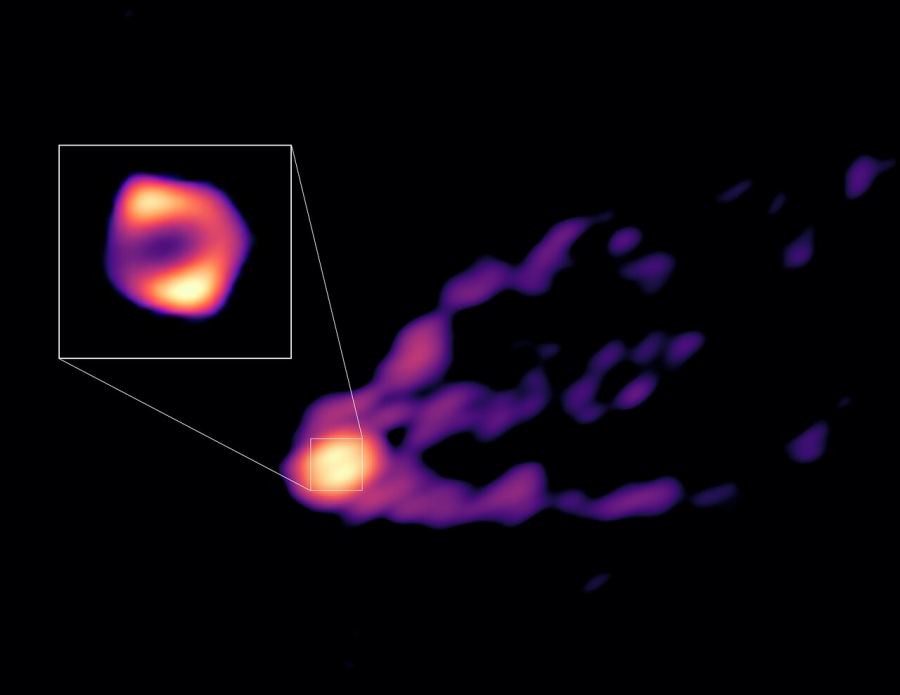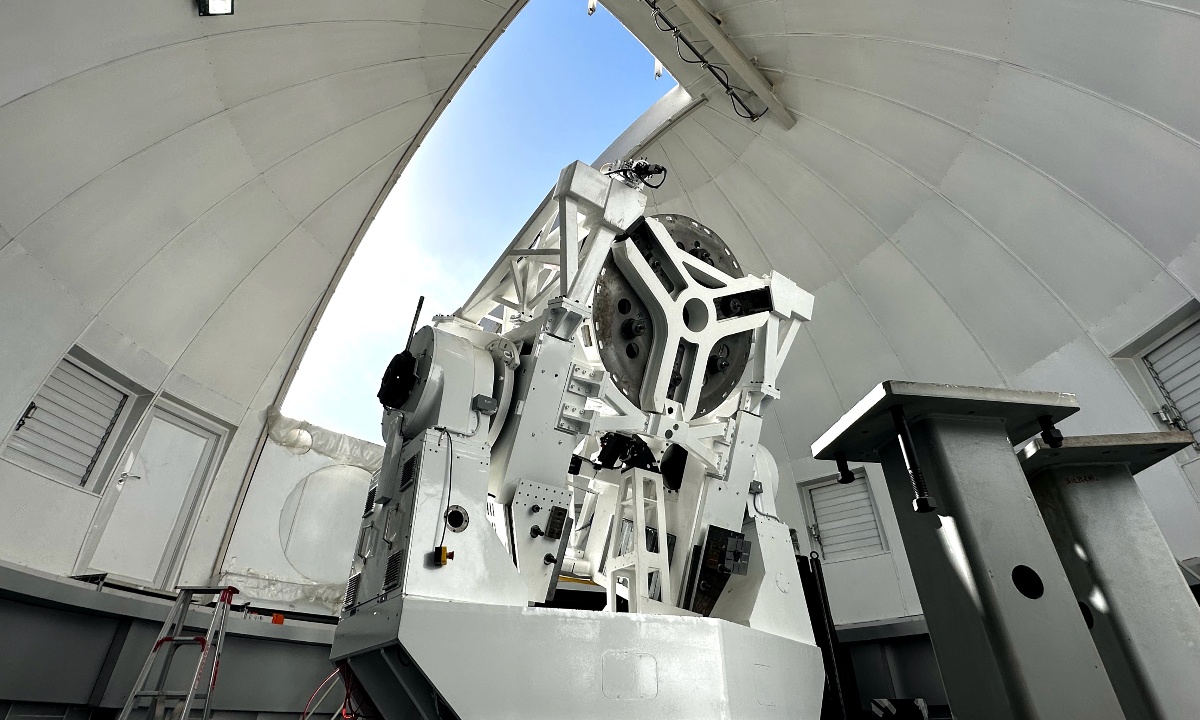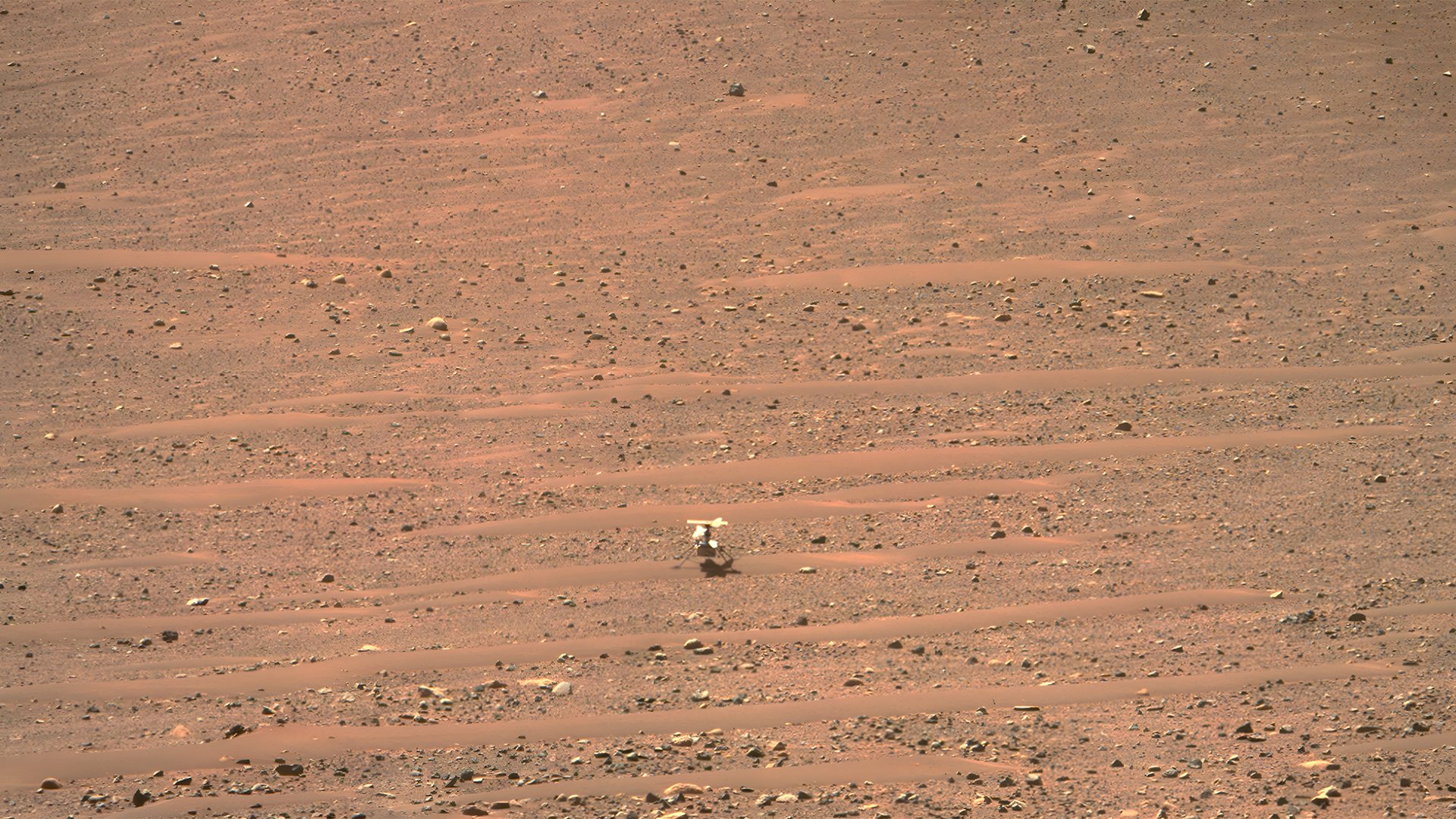Okay, so we all know that the Sun is heading into solar maximum. That means it’s quite a bit more active, with sunspots, coronal mass ejections, and flares aplenty. But, luckily for us, the Sun isn’t as active as the members of the binary star system V1355 Orionis. One of its stars periodically releases superflares. These are ten times more extensive than the largest solar flare ever recorded on the Sun.
Continue reading “Be Grateful the Sun Can’t Produce Flares Like This”Be Grateful the Sun Can’t Produce Flares Like This
